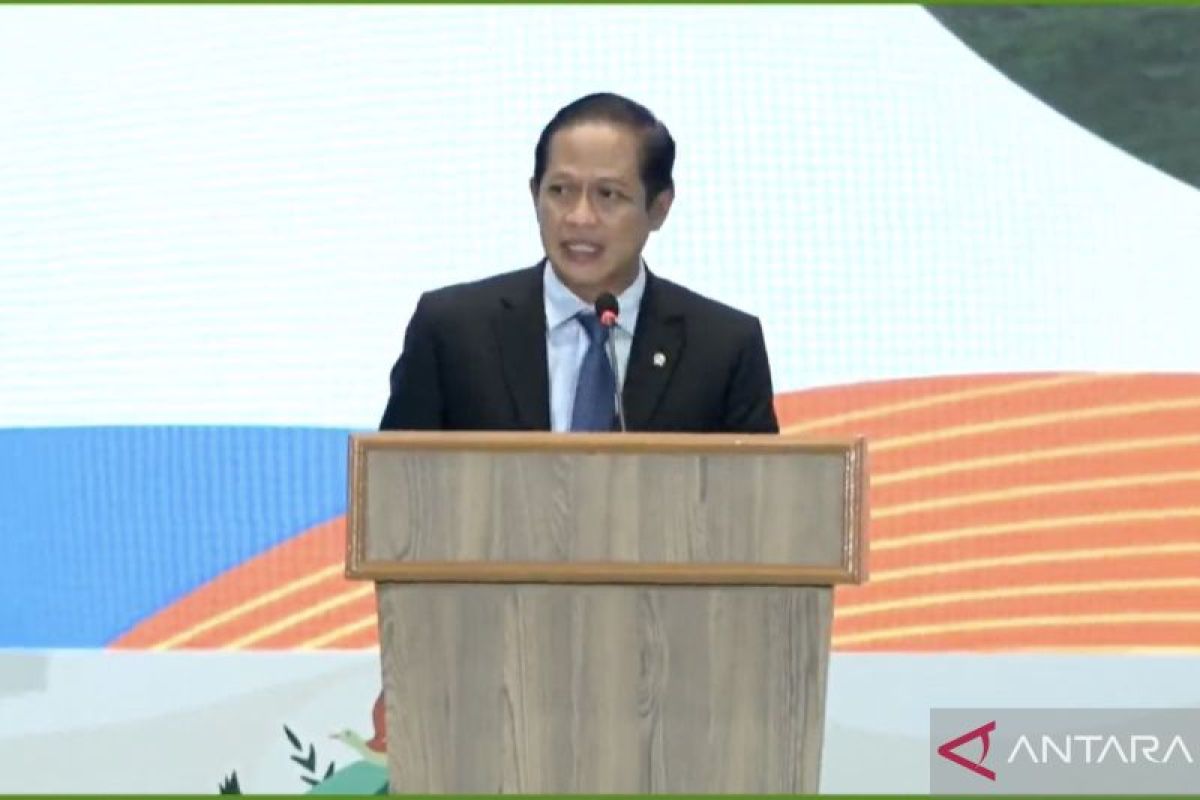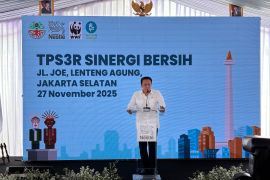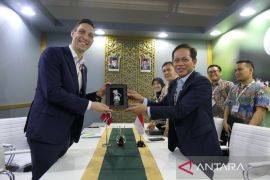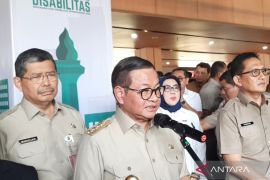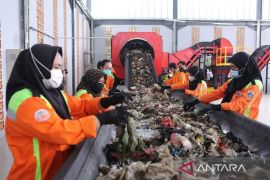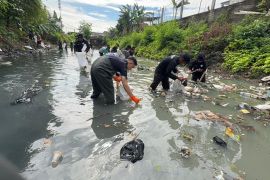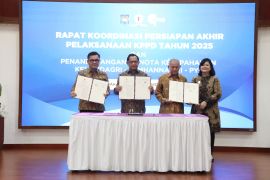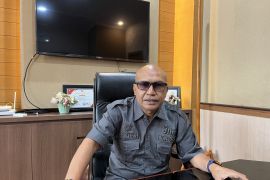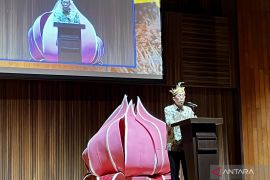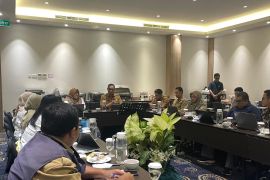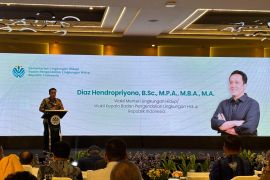The findings were different compared to data from the National Waste Management Information System, which recorded 39.01 percent of waste managed, according to Environment Minister Hanif Faisol Nurofiq.
“Based on the verification that we conducted in all final disposal sites in the country, it turns out our waste management achievement has only reached 9 to 10 percent,” he noted at the National Coordination Meeting on Waste Management here on Sunday.
The figure was obtained from the existence and capacity of recycling/recovery facilities in each site managed by the local government and how much optimization of their use.
Therefore, he continued, the government has imposed coercive sanctions on some of the total of 343 landfills, expecting better improvements in the waste management system.
The coordination meeting was held to discuss how Indonesia could achieve 100 percent waste management by 2029, in accordance with the National Medium-Term Development Plan (RPJMN).
Based on data from the Environment Ministry, the waste management chain on average still uses linear services; collect-transport-dispose.
National waste landfills are projected to reach maximum or exceed capacity in 2030 if there are no maximum efforts to ensure management.
According to data from the country’s National Waste Management Information System, in 2024 alone, Indonesia recorded 32.6 million tons of waste generated from 301 districts and cities, with over 40 percent of the waste remaining unmanaged.
Related news: Jakarta ready to set example in waste management: ministry
Related news: Turning waste into electricity to finance Giant Sea Wall: Pramono
Related news: President plans national waste management movement: minister
Translator: Prisca Triferna Violleta, Yashinta Difa
Editor: Azis Kurmala
Copyright © ANTARA 2025
